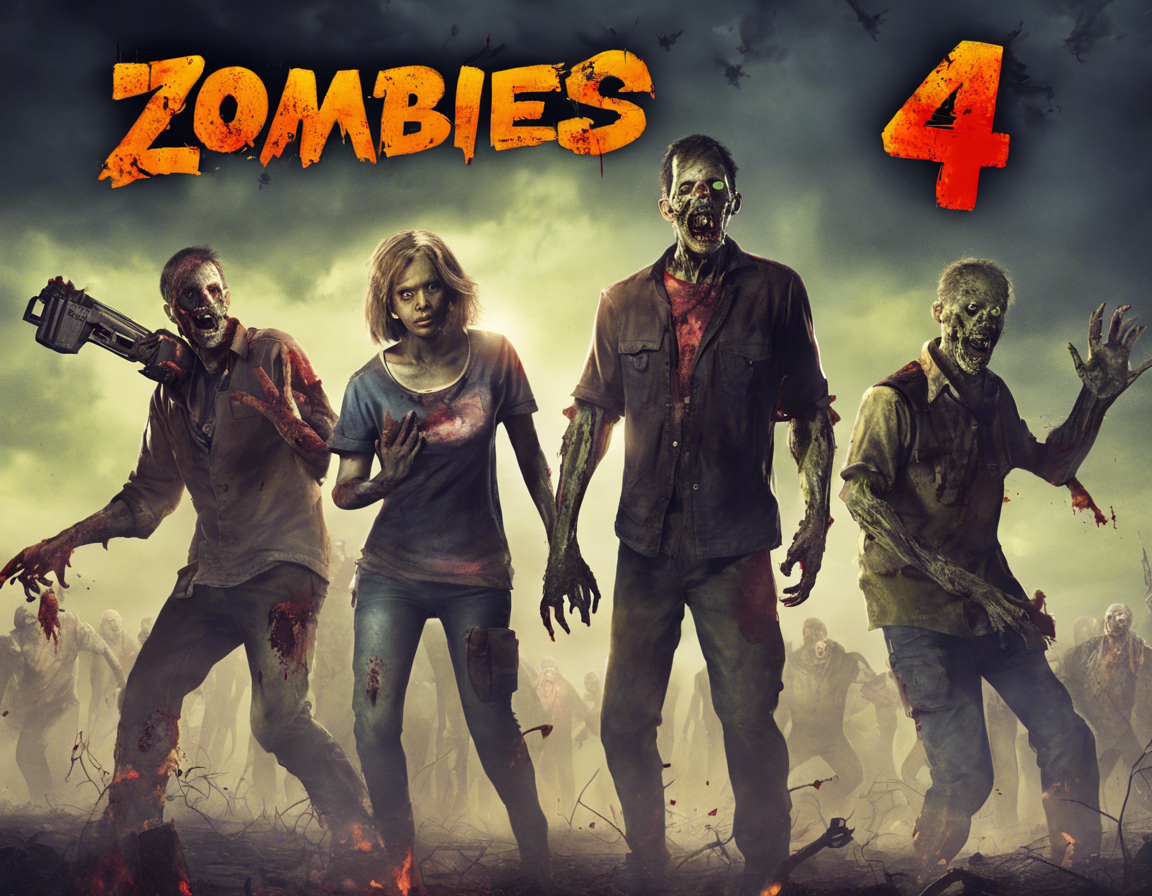Exploring the Epic: Mahabharata Story in English
The Mahabharata is one of the most revered and epic tales of ancient Indian literature. It is a colossal narrative that offers a profound insight into the complexities of human nature, ethics, and cosmic order. Comprising over 1.8 million words, the Mahabharata is not only the longest epic poem in the world but also a treasure trove of wisdom, philosophy, and timeless lessons.
Origins and Authorship
The Mahabharata is believed to have been composed by the sage Vyasa, a figure of great importance in Hindu tradition. The exact date of its composition is uncertain, but it is generally thought to have been written between 400 BCE and 400 CE. The epic is written in Sanskrit and is divided into 18 books or parvas, each dealing with different aspects of the story.
Plot Summary
At the heart of the Mahabharata is the conflict between two branches of the Kuru dynasty, the Pandavas, and the Kauravas, over the kingdom of Hastinapura. The Pandavas, led by Yudhishthira, are righteous and virtuous, while the Kauravas, led by Duryodhana, are deceitful and power-hungry. The epic culminates in the great Kurukshetra War, where the two sides battle for supremacy.
Key Themes
The Mahabharata is rich in themes that continue to resonate with readers today. Dharma (duty/righteousness), Karma (action and its consequences), loyalty, betrayal, love, and sacrifice are just a few of the many themes explored in the epic. The characters in the Mahabharata, such as the noble Yudhishthira, the brave Arjuna, and the enigmatic Krishna, serve as moral touchstones for readers, prompting reflection on their own values and beliefs.
Relevance Today
Despite being thousands of years old, the Mahabharata remains as relevant today as it was when it was first composed. Its nuanced portrayal of human nature, intricate moral dilemmas, and cosmic conflicts continue to captivate readers from around the world. Scholars, philosophers, and spiritual seekers often turn to the Mahabharata for guidance and inspiration in navigating the complexities of life.
Influence on Literature and Culture
The impact of the Mahabharata on world literature and culture cannot be overstated. The epic has inspired countless adaptations, retellings, and interpretations in various languages and art forms. It has also influenced other literary works, such as the Ramayana, and continues to be a source of inspiration for writers, artists, and filmmakers.
Translations and Adaptations
Numerous translations of the Mahabharata are available in English, making this ancient epic accessible to a global audience. Retellings of the story, both in literary and visual mediums, have also played a significant role in bringing the epic to new generations. From graphic novels to television series, the Mahabharata’s timeless tale continues to be retold and reimagined in diverse ways.
Frequently Asked Questions (FAQs)
1. What is the central conflict in the Mahabharata?
The central conflict in the Mahabharata is the rivalry between the Pandavas and the Kauravas over the kingdom of Hastinapura, which ultimately leads to the great Kurukshetra War.
2. Who is the author of the Mahabharata?
The Mahabharata is traditionally attributed to the sage Vyasa, who is also a central character in the epic.
3. What are some of the key lessons or teachings in the Mahabharata?
The Mahabharata imparts numerous lessons, such as the importance of upholding dharma, the consequences of one’s actions (karma), the value of loyalty and righteousness, and the power of forgiveness and redemption.
4. How long is the Mahabharata?
The Mahabharata comprises over 1.8 million words and is divided into 18 books or parvas.
5. Why is the Mahabharata still relevant today?
The Mahabharata’s exploration of timeless themes such as morality, duty, and human nature continues to resonate with readers across cultures and generations, making it a timeless and universal epic.
6. Are there any famous adaptations or retellings of the Mahabharata?
Yes, there have been numerous adaptations of the Mahabharata in various art forms, including literature, theater, television, and film. Notable adaptations include Peter Brook’s stage production and the Indian television series by B.R. Chopra.
7. What is the role of Krishna in the Mahabharata?
Krishna plays a central role in the Mahabharata as the charioteer and advisor to Arjuna. His teachings, particularly those found in the Bhagavad Gita, are among the most revered and studied passages of the epic.
8. How can one explore the Mahabharata for a deeper understanding of its themes and teachings?
In addition to reading English translations of the Mahabharata, one can also study commentaries, scholarly works, and adaptations of the epic to gain a deeper insight into its multifaceted narrative and rich philosophical content.
9. What sets the Mahabharata apart from other ancient epics?
While the Mahabharata shares similarities with other ancient epics such as the Ramayana, its vast scope, complex characters, and nuanced exploration of moral and ethical dilemmas set it apart as a uniquely profound and comprehensive work of literature.
10. What are some recommended English translations of the Mahabharata for new readers?
Popular English translations of the Mahabharata include those by C. Rajagopalachari, Ramesh Menon, and Bibek Debroy, among others. It’s recommended to explore different translations to find one that resonates with your reading preferences and understanding of the epic.


